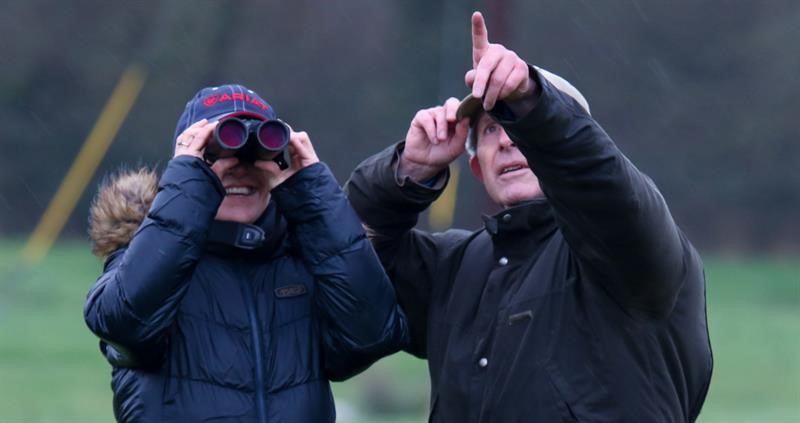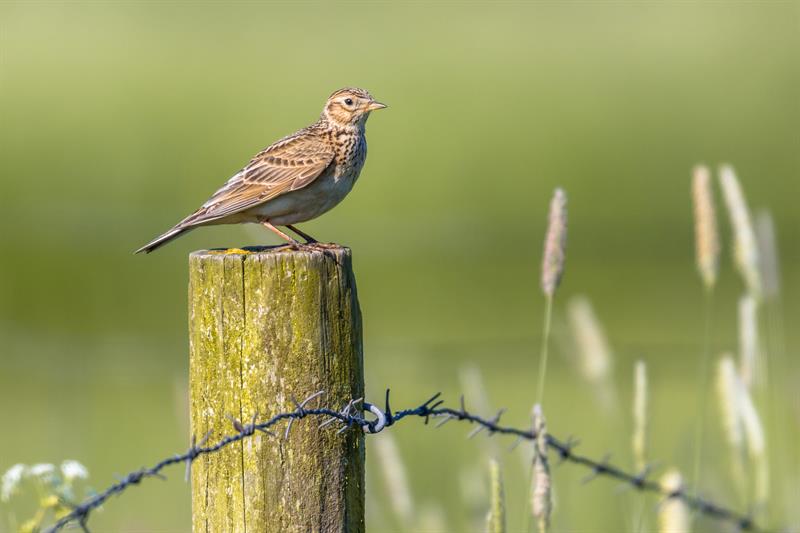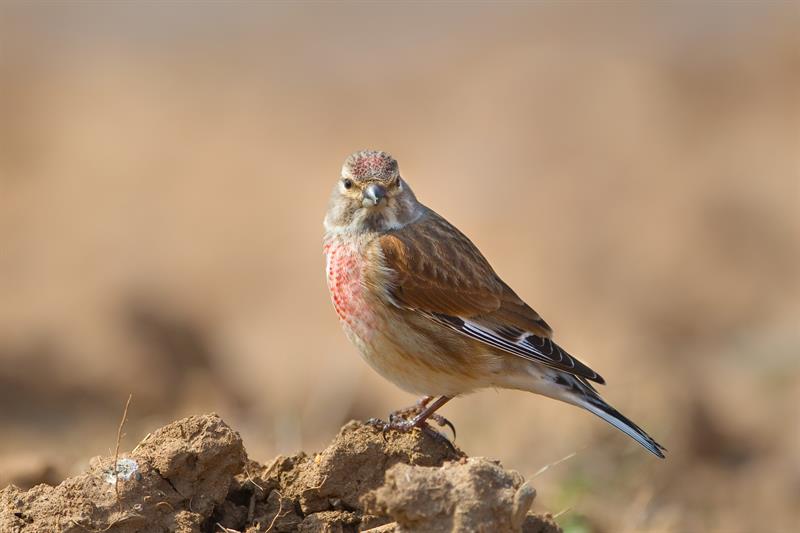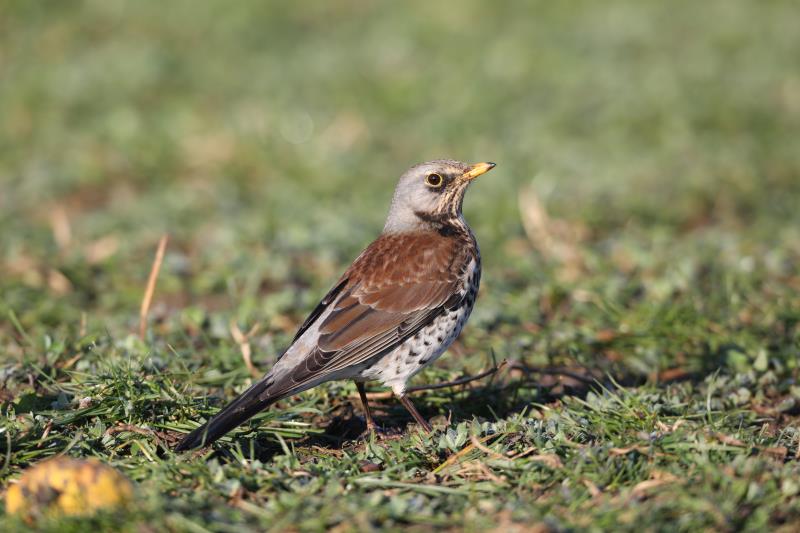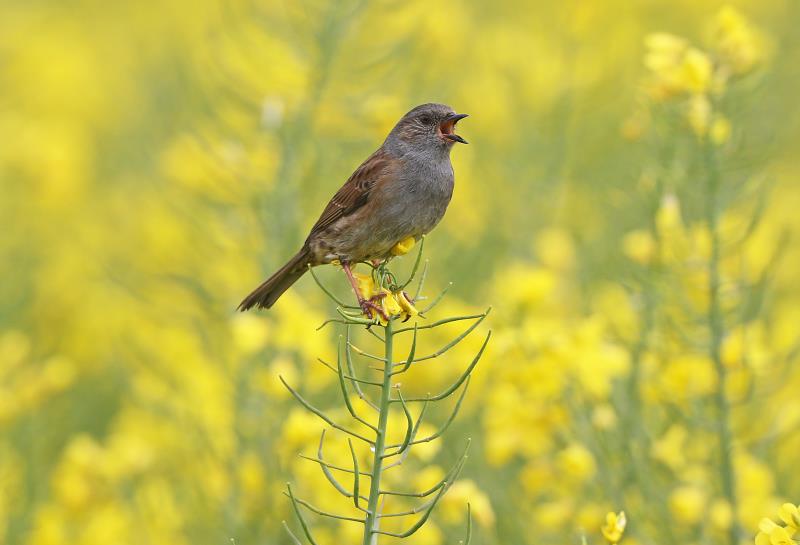Since the first count in 2014, more than 11,000 counts have been carried out by people working on the land.
“Farmers and land managers do so much to support wildlife on farms and the Big Farmland Bird Count is an opportunity for them to see just what impact their efforts are having,” said Dr Roger Draycott, from the Game & Wildlife Conservation Trust (GWCT), which organises the count.
Building a national picture
“By spending just half an hour between 3rd and 19th February in one spot on your farm counting the birds you see and submitting your results to the GWCT, you will help us build a national picture of which species are benefiting from conservation efforts and which are most in need of help,” he added.
The NFU is sponsoring the count for the fifth year. NFU Cymru President Aled Jones said: “The annual Big Farmland Bird Count, which the NFU is proud to sponsor, provides a fantastic snapshot of the huge amount of work being carried out on the nation’s farms to encourage wildlife.
“Not only are farmers across the country producing sustainable climate-friendly food, they are also maintaining and protecting the great Welsh and British countryside, creating habitats for biodiversity to flourish and additional feeding for farmland birds.
📅 Less than two weeks to go - don't forget to mark your calendars! The #BFBC starts on Friday, 3rd February.
— Game & Wildlife Conservation Trust (@Gameandwildlife) January 23, 2023
Spend 30 minutes recording the species and number of birds seen, then submit your results online.
Find out more here at https://t.co/K8c8xpySNM pic.twitter.com/0cIZEdhn4Q
“I would encourage all farmers to get involved in the count.”
Making a difference
The latest assessment of the status of the UK’s birds, the Birds of Conservation Concern list (2021), suggests that our farmland birds need all the help they can get.
More than one in four UK bird species is in serious trouble, and many of the struggling species are farmland and upland birds.
“We will not halt the alarming declines of species such as curlew and skylarks if we leave it to nature reserves and national parks alone,” commented Roger. “72% of the UK’s countryside is managed by farmers, game keepers and land managers, so it is vital that we are all engaged in the effort to reverse biodiversity decline.”
How to take part?
Simply download a Count sheet from Big Farmland Bird Count (bfbc.org.uk) and spend just 30 minutes between 3 and 19 February counting birds on one spot on farm, plus a few minutes inputting results via the website. Guides to counting and identifying birds, biodiversity-boosting tips, and more details on taking part are all available on the Big Farmland Bird Count website.
Participants are encouraged to share photos or videos of themselves counting on social media using #bfbc.
Farmland birds
A few of the common - and less common - species you might spot
